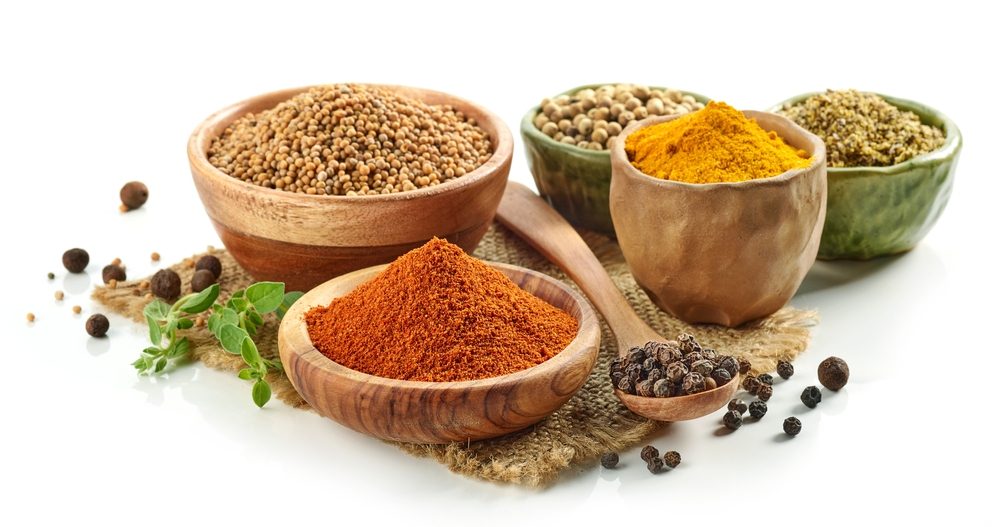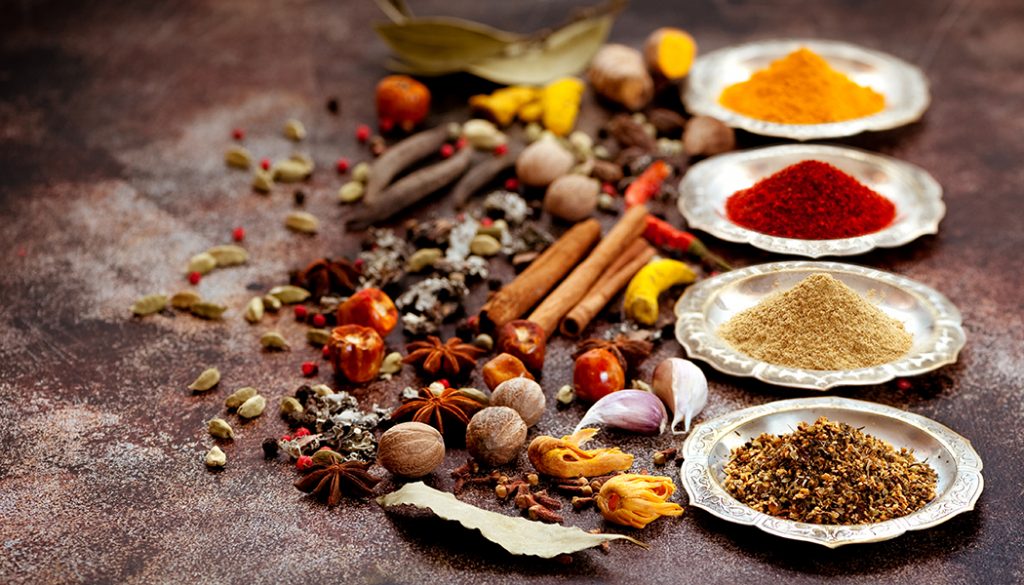The world of culinary arts is vast and varied, with spices playing a pivotal role in defining the character and essence of countless dishes. The art of blending spices, known as spice blending or spice mixing, is a craft that transcends mere cooking. It is a delicate balance of aroma, taste, and tradition that transforms simple ingredients into a symphony of flavors. This essay explores the intricacies of spice blending, its cultural significance, and the creativity it inspires in both professional chefs and home cooks.

The Foundation of Spice Blending
Spice blending is an ancient practice, with roots tracing back to the early civilizations of Egypt, India, China, and the Middle East. These regions, rich in spice cultivation and trade, developed unique blends that have become iconic over time. For instance, garam masala from India, ras el hanout from North Africa, and Chinese five-spice are all traditional blends that showcase the rich culinary heritage of their respective cultures.
At its core, spice blending involves combining different spices to create a harmonious flavor profile. Each spice has unique properties—some are pungent, others sweet, bitter, or earthy. The skill in blending lies in understanding these characteristics and how they interact with each other. The process often involves careful measurement, grinding, and mixing, sometimes with the aid of a mortar and pestle, to achieve the desired balance and intensity.
The Science and Art of Blending
While the principles of chemistry underlie the reactions and interactions between spices, the art of blending is inherently creative. It requires a keen sense of taste and smell, along with an intuitive understanding of how different spices can complement or contrast with each other. The proportions of spices in a blend are critical, as even a slight imbalance can drastically alter the flavor profile.
For example, in a curry blend, the ratio of turmeric, cumin, coriander, and chili powder can determine whether the dish leans towards being mild, spicy, earthy, or aromatic. Similarly, the inclusion of spices like cinnamon, cloves, or nutmeg can add warmth and depth, transforming a basic blend into something more complex and nuanced.
Cultural Significance and Traditions

Spice blends are not just about flavor; they are also deeply embedded in cultural traditions and practices. Many spice blends have ceremonial or symbolic meanings and are often associated with specific festivals, rituals, or regions. For instance, the spice mix used in traditional Moroccan tagines not only imparts a distinct flavor but also reflects the region’s history of spice trade and cultural exchange.
In Indian cuisine, the concept of “masala” is central, with different regions and families having their own unique blends. These masalas are often closely guarded family secrets, passed down through generations, and are a source of pride and identity. This tradition underscores the importance of spices not just as ingredients but as cultural artifacts that carry stories and heritage.
Modern Innovations and Global Fusion
In today’s globalized world, the art of spice blending is experiencing a renaissance. Chefs and home cooks are increasingly experimenting with cross-cultural blends, merging spices from different culinary traditions to create new and exciting flavors. This fusion approach has led to innovations like Japanese curry blends, which incorporate traditional Indian spices with Japanese flavors, or the use of Middle Eastern za’atar in Western dishes.
The availability of a wider variety of spices and the ease of sharing knowledge through the internet have made it possible for more people to explore and experiment with spice blending. This democratization of spice blending is not only expanding the culinary palate but also fostering a deeper appreciation for the rich history and cultural significance of spices.
Conclusion
The art of blending spices is a testament to the creativity, knowledge, and cultural heritage embedded in culinary practices worldwide. It is an art form that requires a delicate balance of science and intuition, tradition and innovation. As we continue to explore and appreciate the diverse flavors that spices bring to our tables, we also celebrate the rich tapestry of cultures and histories they represent. Whether in a professional kitchen or at home, the joy of crafting unique spice blends lies in the endless possibilities they offer for creating memorable and delicious experiences.
